Physics
Sign up for our newsletter
We summarize the week's scientific breakthroughs every Thursday.
-
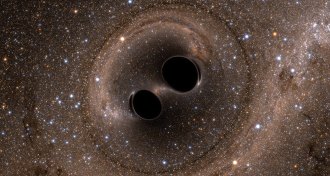 Physics
PhysicsGravity waves from black holes verify Einstein’s prediction
Gravitational waves, tremors in the cosmic fabric of space and time predicted by Einstein a century ago, have finally been detected, opening a new avenue for exploring the universe.
By Andrew Grant -
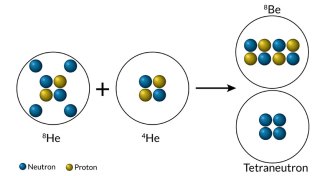 Particle Physics
Particle PhysicsPhysicists find signs of four-neutron nucleus
Strong evidence of a tetraneutron, an atomic nucleus with four neutrons but no protons, defies physicists’ theoretical expectations.
By Andrew Grant -
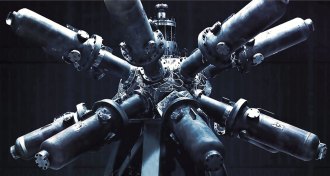 Physics
PhysicsNuclear fusion gets boost from private-sector startups
Private-sector firms are creating nuclear fusion machines that may beat governments to the punch.
By Alan Boyle -
 Particle Physics
Particle PhysicsEntanglement is spooky, but not action at a distance
Recent experiments on quantum entanglement confirm that it’s spooky, but it was not, as Einstein implied, action at a distance.
-
 Particle Physics
Particle PhysicsQuantum spookiness survives its toughest tests
Recent experiments on quantum entanglement confirm that it’s spooky, but it was not, as Einstein implied, action at a distance.
-
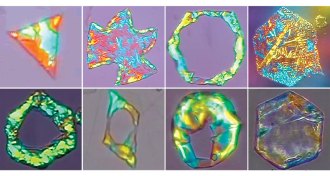 Chemistry
ChemistryFrozen oil droplets morph and shine
Scientists can turn oil droplets into an array of crystalline shapes by manipulating the chemistry and temperature of the droplets’ surroundings.
-
 Quantum Physics
Quantum PhysicsQuantum histories get all tangled up
Multiple versions of history may be quantum entangled just like particles, a new experiment suggests.
By Andrew Grant -
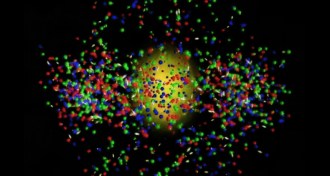 Physics
PhysicsEarly quark estimates not entirely realized
Decades of research have shed a little light on quarks, the mysterious building blocks of atoms.
-
 Physics
PhysicsPhysics’ metamorphosis explored in slim new book
From ancient Greek philosophy to quantum mechanics, a new book charts the evolution of physics.
-
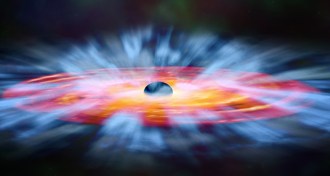 Physics
PhysicsMore details on Stephen Hawking’s solution to black hole problem
Stephen Hawking and colleagues have finally provided more information about how black holes might preserve information.
By Andrew Grant -
 Physics
PhysicsAt last, some details on Stephen Hawking’s solution to black hole problem
Stephen Hawking and colleagues have finally provided more information about how black holes might preserve information.
By Andrew Grant -
 Chemistry
ChemistryExperiment offers glimpse at how to make hydrogen metallic
A new phase of hydrogen could represent the stepping stone for transforming element 1 into a metal.
By Andrew Grant